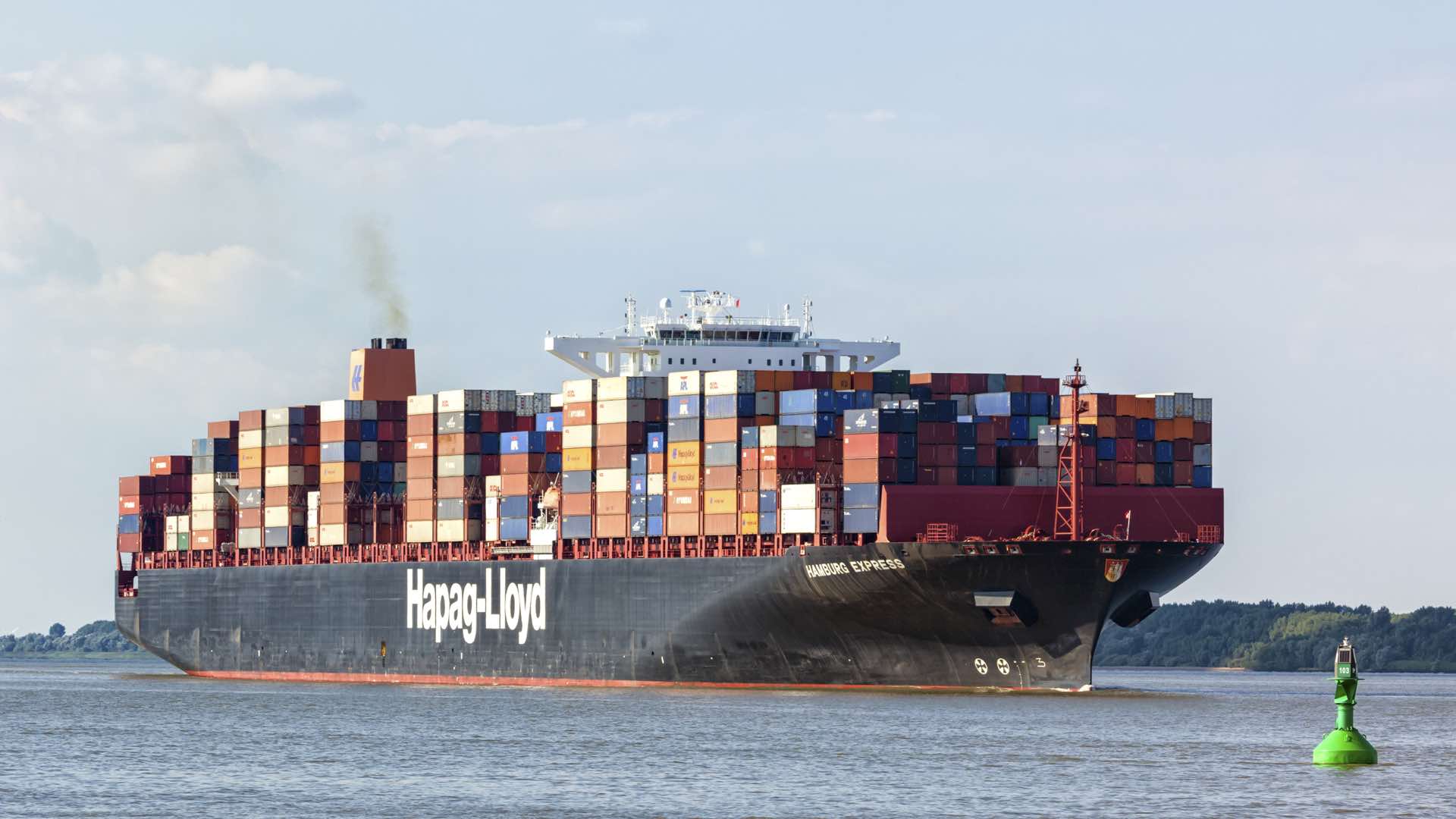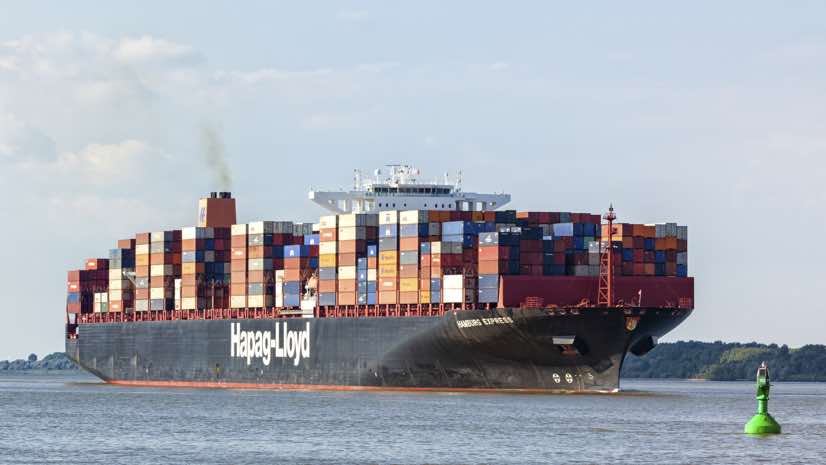To do its part in curtailing climate change, the ocean shipping industry recently embraced a carbon dioxide reduction goal that the Washington Post dubbed a “big deal.”
Indeed, it is a big deal, because container ships, oil tankers, bulk carriers, and other vessels emit 800 million tons of carbon dioxide each year—more than most countries do. Dan Rutherford of the International Council on Clean Transportation told the Post that if the shipping industry were a country, it would rank as the sixth-largest CO2 emitter in the world.
Acknowledging this impact, the United Nations (UN) International Maritime Organization (IMO) recently endorsed the ocean shipping industry’s commitment to reduce emissions to, at most, 50 percent of 2008 levels by the year 2050.
Target Defined—Now What?
How will the industry achieve its goal? Experts quoted in the Post article foreshadowed the use of cleaner power sources, including biofuels or batteries, as well as ship designs that are more efficient. But there’s more to the industry’s strategy.
As businesses and governments adopt smart technologies to meet a myriad of demands, the shipping industry will likely follow suit. Working together, IoT-based sensors, machine learning, and location-intelligence technologies could be used to analyze and support a seafaring vessel’s performance.
A location intelligence platform powered by a modern geographic information system (GIS) monitors operations data in real time, reporting diagnostics and other relevant information on a location-aware dashboard. Such a system can identify where, when, and how machinery is underperforming. That information can help crews resolve issues before they could affect the ship’s performance and, by extension, its emissions. (This podcast describes other business cases that benefit from a combination of machine learning and location intelligence.)

New ships will need to use all available means, including new fuel types, more efficient designs, and better operational intelligence, to achieve the industry’s carbon-reduction target.
Navigators and operations center personnel can employ the same technology to assess weather and ocean conditions in order to determine which routes and speeds of travel will be safest and most efficient, thus producing the least amount of CO2.
Fleet managers can use GIS and other analytical tools to aggregate ships’ real-time data into maps and reports that track overall fleet emissions and show compliance with maritime regulations. From there, executives would be able to roll data into national and international reports that verify the industry’s progress toward the emissions targets.
Hitting the Target
While the IMO’s goal of cutting emissions by half is a big step, some in the industry say they’re skeptical it can be achieved. Others say it falls short by several billion tons. The Post cited the International Council on Clean Transportation, which says that in order to align with the UN’s treaties to combat climate change, the shipping industry would have to create no more than 17 billion tons of carbon dioxide–equivalent emissions between 2015 and 2050. The IMO anticipates between 28 billion and 43 billion tons of emissions during that period.
Regardless of the exact number, the IMO’s strategic resolution makes clear that changes are underway for the shipping industry. Like their counterparts in other asset-heavy industries such as aviation, shipping companies will need to embrace new techniques and technologies along with a dose of change management to make drastic reductions in CO2 emissions.
Learn how one of the world’s busiest ports has achieved new levels of efficiency through digital technology and location awareness.
The Esri Brief
Trending insights from WhereNext and other leading publicationsTrending articles

December 5, 2024 |

November 12, 2018 |

July 25, 2023 |

February 1, 2022 |

July 29, 2025 |

August 5, 2025 | Multiple Authors |





